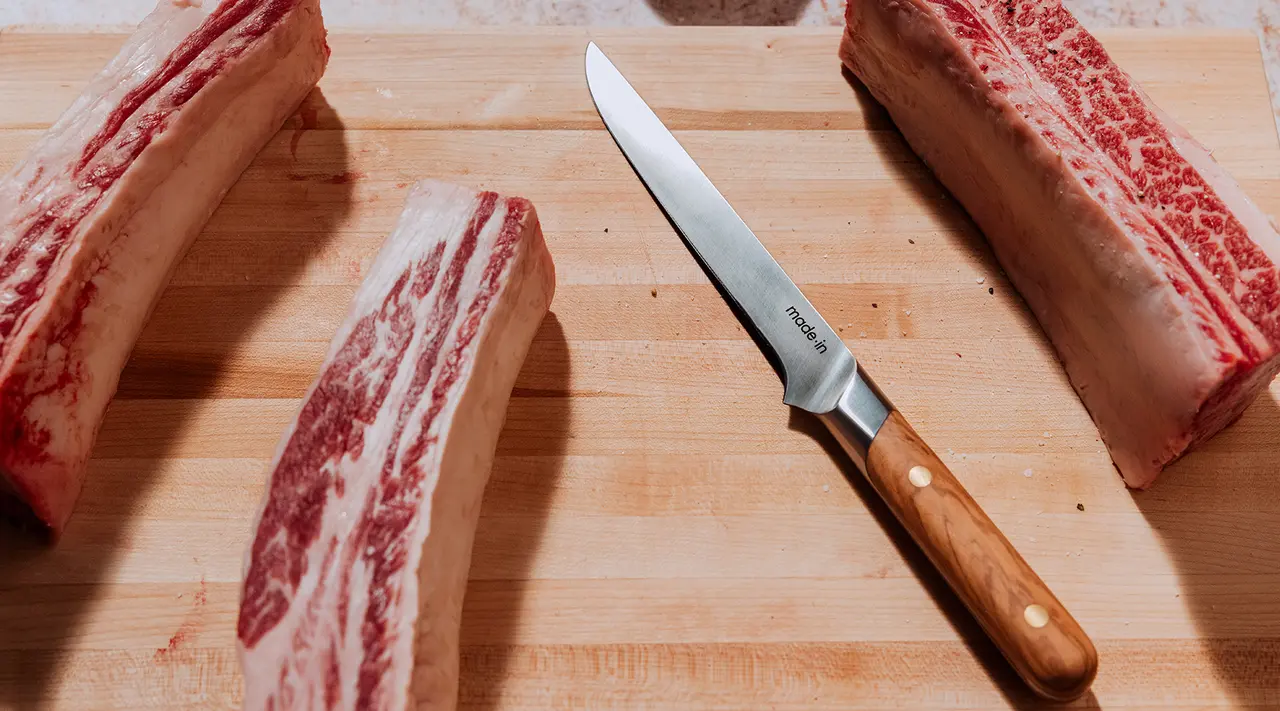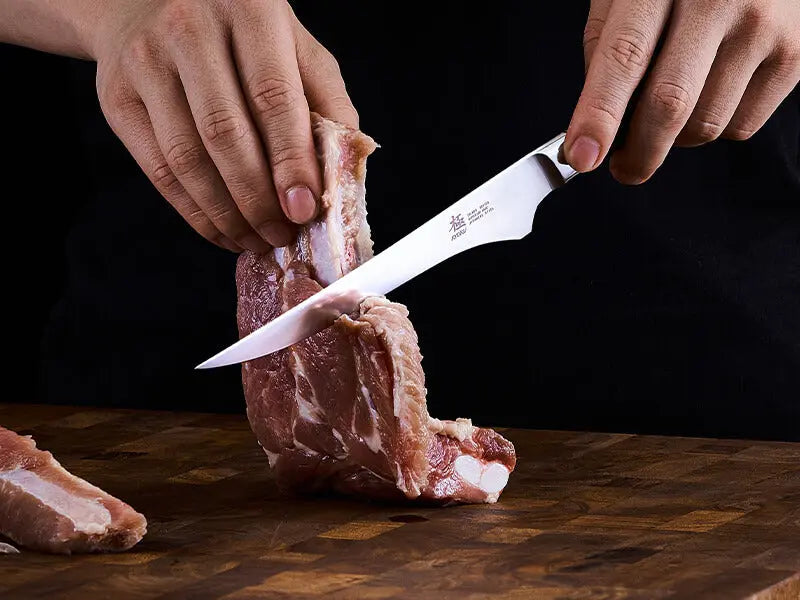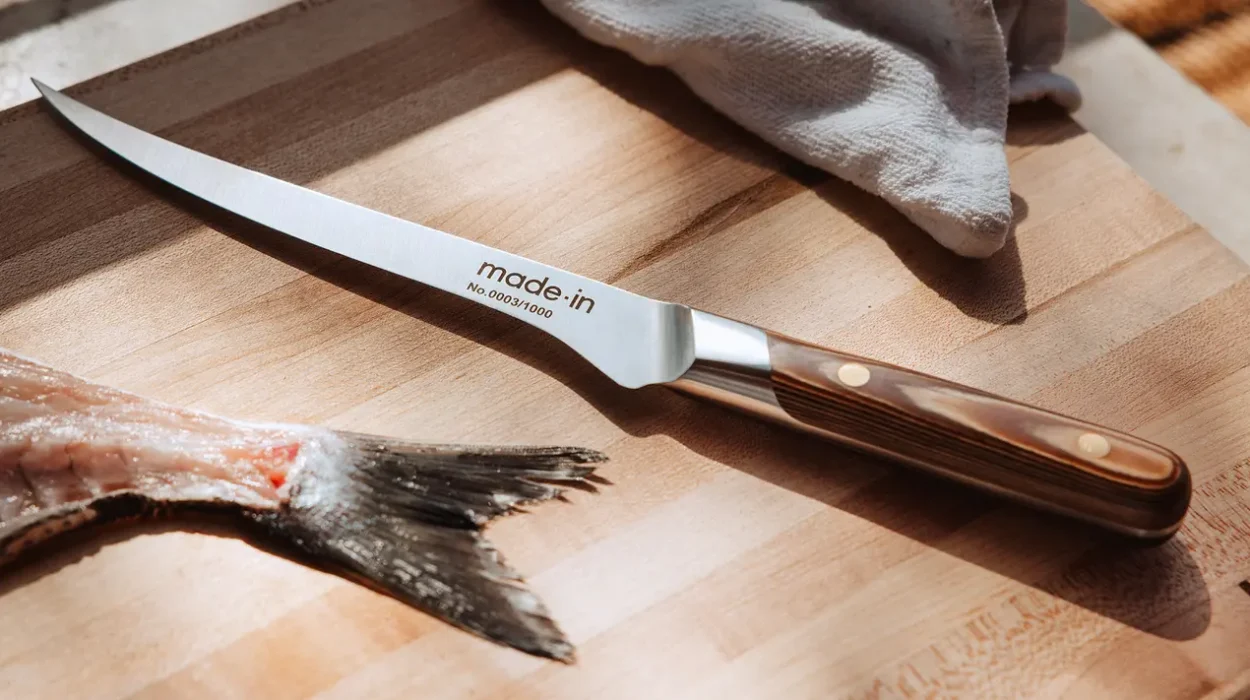In the culinary world, the boning knife is an essential tool for professionals and home cooks alike. Ensuring its edge retention is crucial for efficient and precise cutting. This article will explore the best boning knife edge retention tips to help you maintain your knife’s sharpness and effectiveness. With these tips, you’ll be able to keep your knife in top condition, making your cutting tasks smoother and more enjoyable.

Understanding Edge Retention
Before diving into the tips, it’s important to understand what edge retention means. Essentially, it refers to how long a knife maintains its sharp edge before needing to be sharpened again. Several factors influence edge retention, including the knife’s material, the angle of the edge, and how the knife is used and maintained.
The Importance of Material
The material of your boning knife plays a significant role in its edge retention. Knives made from high-carbon stainless steel are known for their durability and ability to retain a sharp edge longer than other materials. If you’re in the market for a new knife, consider investing in one made from high-quality materials.
Choosing the Right Boning Knife
When selecting a boning knife, it’s crucial to choose one that suits your specific needs. Whether you prefer a curved or straight boning knife, ensure it’s made from high-quality materials to enhance its edge retention.
Proper Usage Techniques
How you use your boning knife impacts its edge retention. Avoid using it on hard surfaces or for tasks it’s not designed for, such as cutting through bones or frozen foods. Instead, use it for its intended purpose: deboning meat and fish.
Deboning Techniques
For optimal edge retention, it’s essential to use proper deboning techniques. If you’re new to this, consider checking out this guide on how to debone salmon.
Regular Maintenance and Care
Regular maintenance is vital for preserving the edge retention of your boning knife. This includes sharpening, honing, and cleaning. Proper care ensures your knife remains sharp and functional for a longer period.
Sharpening Tips
Sharpening your knife regularly is essential. It’s recommended to use a whetstone or a professional sharpening service. For more tips, visit this informative article on boning knives usage.
Honing for Longevity
Honing your knife frequently helps in maintaining the edge between sharpening sessions. A honing rod can realign the edge, ensuring your knife remains sharp and ready for action.
Cleaning and Storage
Proper cleaning and storage of your boning knife are crucial for its longevity and edge retention. Always hand wash your knife with mild soap and dry it immediately to prevent rust and corrosion. Store it in a knife block or a magnetic strip to protect its edge.
Storing Your Knife
Correct storage is vital for maintaining the knife’s edge. Avoid storing it in a drawer where it can get damaged. Instead, use a knife block or magnetic strip.

FAQs
How often should I sharpen my boning knife?
It depends on how frequently you use it. Regular home cooks should sharpen their knives every 3-6 months, while professionals may need to do so more often.
Can I use a boning knife for cutting bones?
No, a boning knife is designed for removing bones from meat, not for cutting through them. Using it on bones can damage the edge.
What is the best material for a boning knife?
High-carbon stainless steel is often recommended for its balance of durability and edge retention. For more information, visit this external guide.
This article contains affiliate links. We may earn a commission at no extra cost to you.


